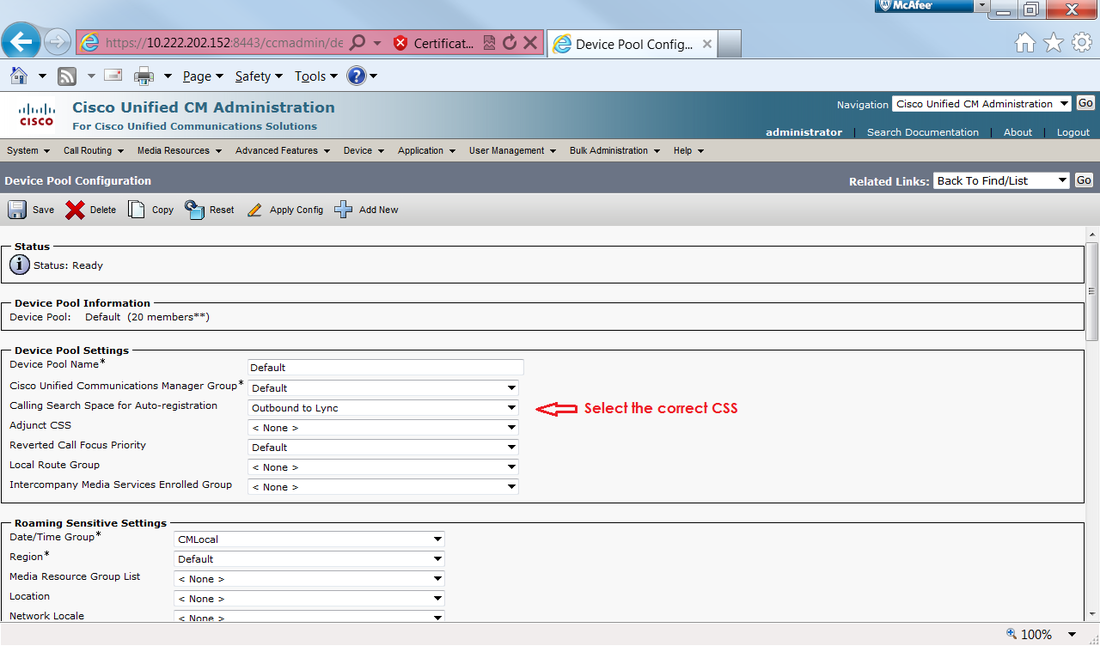
Also this type of query is well documented by cisco as a feature it should add.Ĭisco Unified Communications Manager 8.

I did find an official cisco group that is for api stuff that helped a lilttle. I hope this helps someone else out there as there is not many resources out there to assist with stuff like this. Once you apply the CDR time turns into a readable date with time. Next I had to format Column C so that it would display the formula output as MM/DD/YYYY 00:00 AM/PM to do this I had to select all of Column C and format all these fields Under the Number Tab, Select Time, Then use the format example of 3/14/98 130 PM. On the bottom right of the cell click and drag to replicate the formula for every row you will need to cover the users you want to find the last login time. I modified the first Cell to use the following formula. Your output should have user name in Column A and CDR time in Column B. In the 9.1(1) CUCM Data Dictionary, the number of tables specific to Cisco BE has grown to 40 Lets get right to the fun part CUCM SQL Query Example: Exposing Call Forwarding History Query Composition select n.dnorpattern, cfhd. Use the import file from text from the Data tab and import using the variables to separate user name and CDR time into two distinct fields. There are exactly 28 tables in the 8.6(1) version of the Data Dictionary that are specific to the Cisco BE version. (side note I'm sure I could have saved some time by using 'utc_to_datetime' conversion but that will be used next time)

Run sql select e.userid, cd.timelastaccessed from enduser as e, credentialdynamic as cd, credential as cr where e.pkid=cr.fkenduser and e.tkuserprofile=1 and e.primarynodeid is not null and cr.tkcredential=3 and cr.pkid=cd.fkcredential order by cd.timelastaccessed To get the original raw data I leveraged the following SQL query request at the CUP Server These are the instructions and steps I used to accomplish this. Once my data was separated I ran a simple excel formula to convert it to a format I could understand such as Month/Date/Year HH:MM:SS (AM/PM). Also as of this moment and to the best of my knowledge their is no way to use any CUCM 8 tools to get this information using CUP or CUCM native tools.īecause of this I had to utilize the SQL database and query the last login table but could only receive the output in CDR time.To translate this data I had to import the raw data into a excel file using a CSV output to place the data in separate columns and rows.
CISCO CUCM 8.6 DATA DICTIONARY MANUAL
CCNA Voice Lab Manual addresses all exam topics and offers additional guidance for successfully implementing IP voice solutions in small-to-medium-sized businesses.Ever been asked to see when the last time a user has logged into their CSF account? This question was posed to me and I found it difficult to find any documentation on deriving this type of data.

run sql SELECT d.Name, d.Description, tc.name AS class, tm.name AS model, tu.units AS dlu FROM Device AS d JOIN typeclass AS tc ON d.tkclass tc.enum JOIN typemodel AS tm ON d.tkmodel tm. Administration Guide for Cisco Unified Communications Manager 8.6 (SIP). I have written some SQL queries against the UCM 8.6 (2) Data Dictionary to understand DLU licensing assignments for registered devices.
CISCO CUCM 8.6 DATA DICTIONARY DOWNLOAD
Using this manual, you can practice a wide spectrum of tasks involving Cisco Unified Communications Manager, Unity Connection, Unified Communications Manager Express, and Unified Presence. View and Download Cisco 8961 administration manual online. CCNA Voice Lab Manual gives you extensive hands-on practice for developing an in-depth understanding of voice networking principles, tools, skills, configurations, integration challenges, and troubleshooting techniques.

This lab manual helps to prepare you for the Introducing Cisco Voice and Unified Communications Administration (ICOMM v8.0) certification exam (640-461). The CCNA(r) Voice certification expands your CCNA-level skill set to prepare for a career in voice networking.


 0 kommentar(er)
0 kommentar(er)
